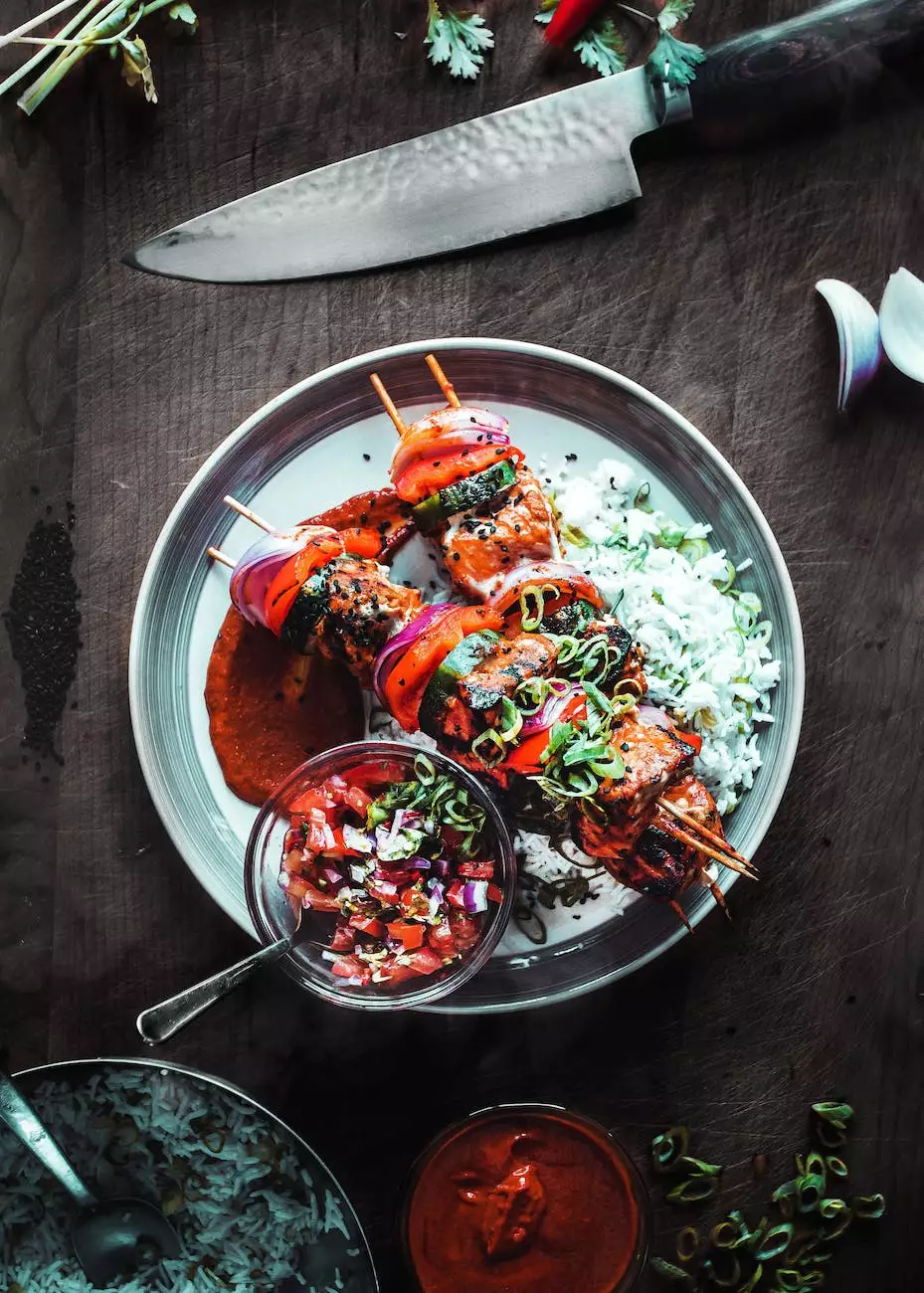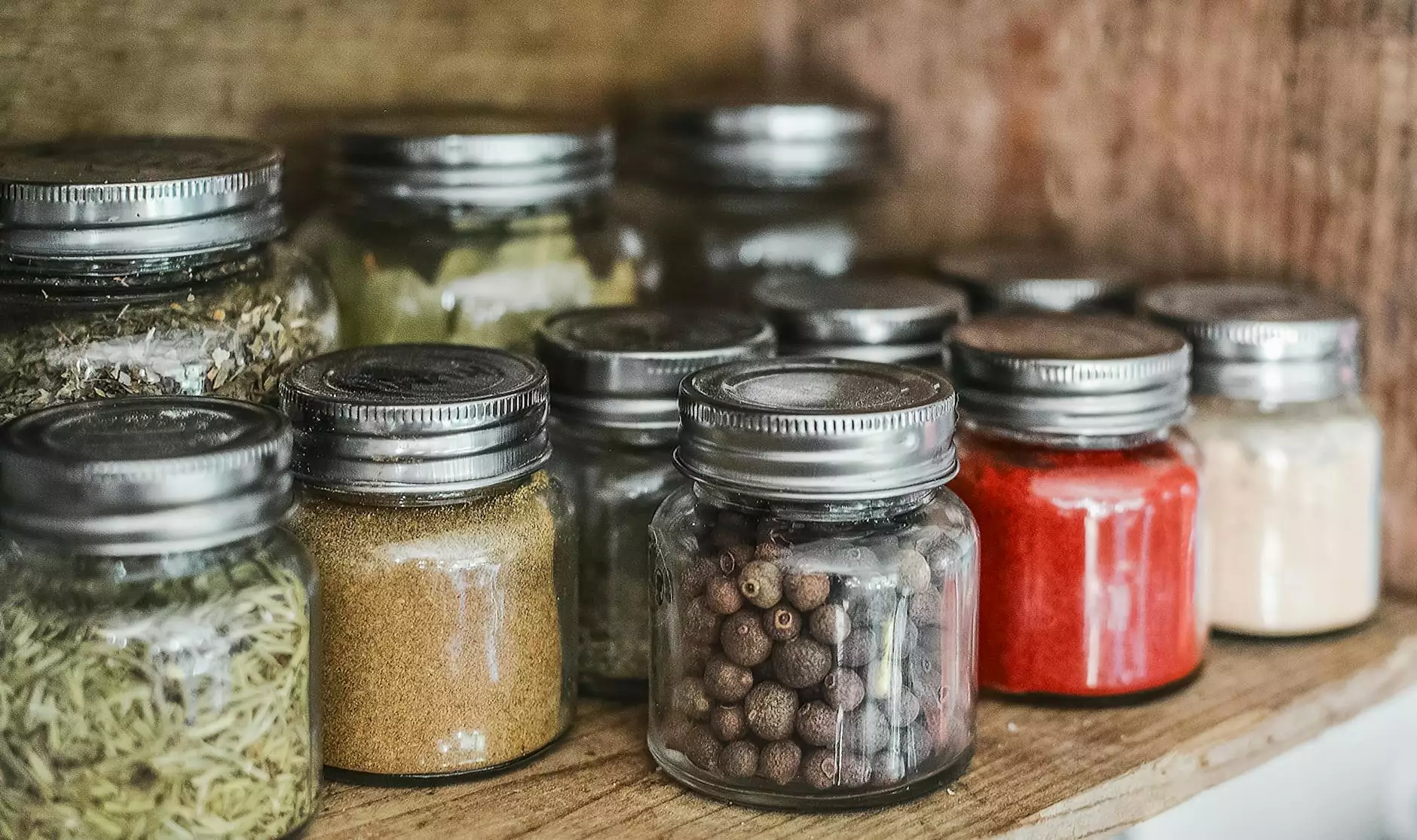Restaurant Plating Techniques From The Pros
Blog
Introduction
Welcome to Anderson Efficiency Specialist, the industry leader in consulting and analytical services for businesses in the restaurant industry. In this article, we'll explore the top plating techniques used by professional chefs to elevate the presentation of their dishes. By implementing these techniques, you can enhance the visual appeal of your restaurant's dishes and leave a lasting impression on your customers.
Plating Techniques
1. Garnish Placement
One of the first things that catches a customer's eye when their dish is served is the garnish. Garnishing is an art, and professional chefs know how to use it to add color, texture, and flavor to a plate. The key is to place the garnish strategically, ensuring it complements the main ingredients without overpowering them. Many chefs follow the "rule of thirds" by placing the garnish in either the upper left or right corners of the plate, creating balance and visual interest.
2. Color Coordination
Color coordination is crucial in creating a visually appealing plate. By using ingredients that complement each other in terms of color, you can create a harmonious and attractive dish. Bold, contrasting colors can create a striking visual impact, while monochromatic color schemes can evoke a sense of elegance. Professional chefs carefully select ingredients with various colors and arrange them on the plate in a way that pleases both the eye and the palate.
3. Plate Geometry
Geometry plays an important role in plating, as it adds structure and visual interest to a dish. Professional chefs often use clean lines and geometric shapes to create a visually pleasing arrangement. Circular shapes create a sense of harmony, while diagonal lines add movement and energy. By considering the geometry of the plate, you can create a visually stunning presentation that elevates the dining experience for your customers.
4. Sauce Placement
Sauce placement is a crucial aspect of plating that many professional chefs pay close attention to. Sauces not only add flavor but also act as a visual element on the plate. The key is to use sauces sparingly and in a way that complements the other ingredients. Chefs often use squeeze bottles or small spoons to create artistic swirls or drizzles, adding visual interest and elevating the dish's presentation.
5. Texture and Height
Creating a sense of texture and height on a plate can make a dish more visually appealing. Professional chefs achieve this by incorporating elements with varying textures, such as crispy, crunchy, or creamy components. They also use techniques like stacking or layering to add height and dimension to the plate. By considering texture and height, you can create a visually stunning presentation that adds depth and complexity to your dishes.
Conclusion
Now that you're familiar with some of the top plating techniques used by professional chefs, it's time to put them into practice at your own restaurant. Anderson Efficiency Specialist is here to guide you every step of the way, providing expert consulting and analytical services tailored to the needs of your business. By implementing these techniques and working with our team, you can elevate your restaurant's presentation, stand out from the competition, and create unforgettable dining experiences for your customers.
Contact Anderson Efficiency Specialist today and let us help you take your restaurant's plating techniques to the next level!




